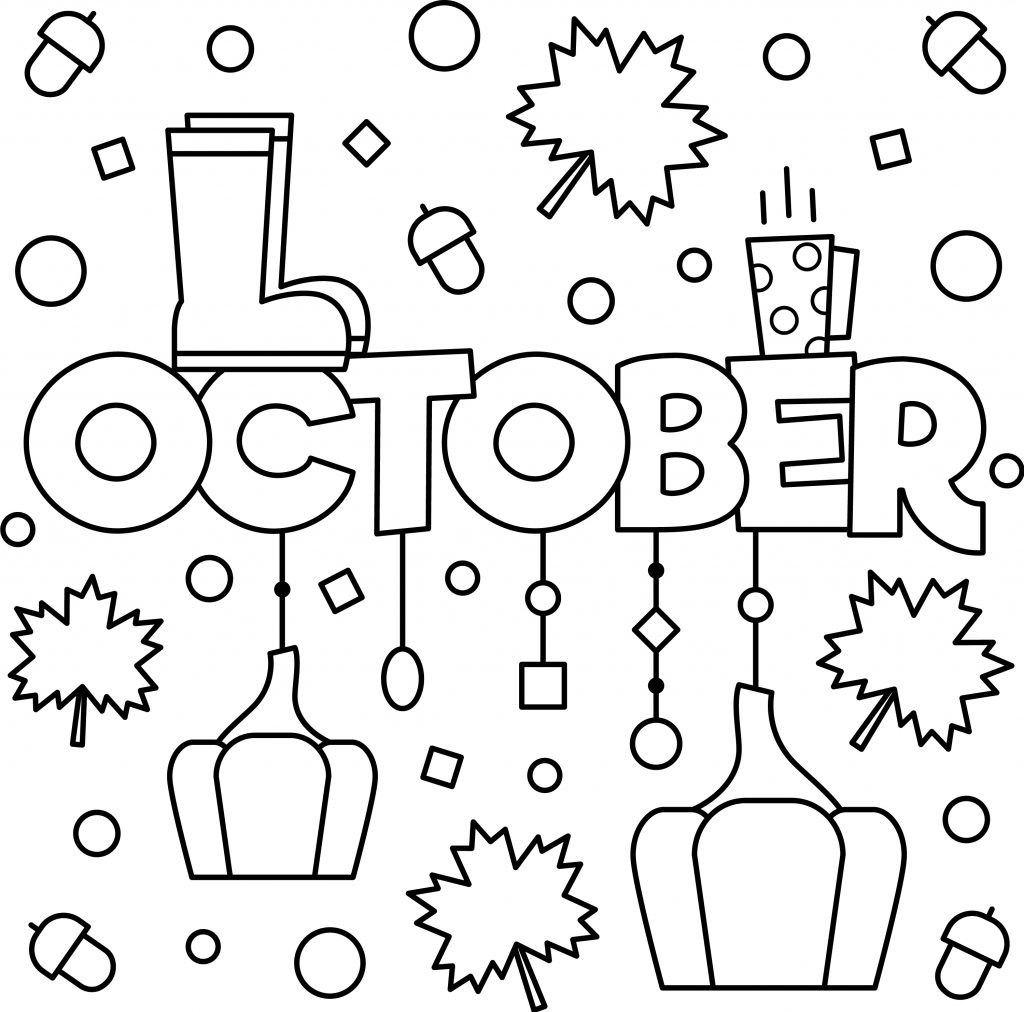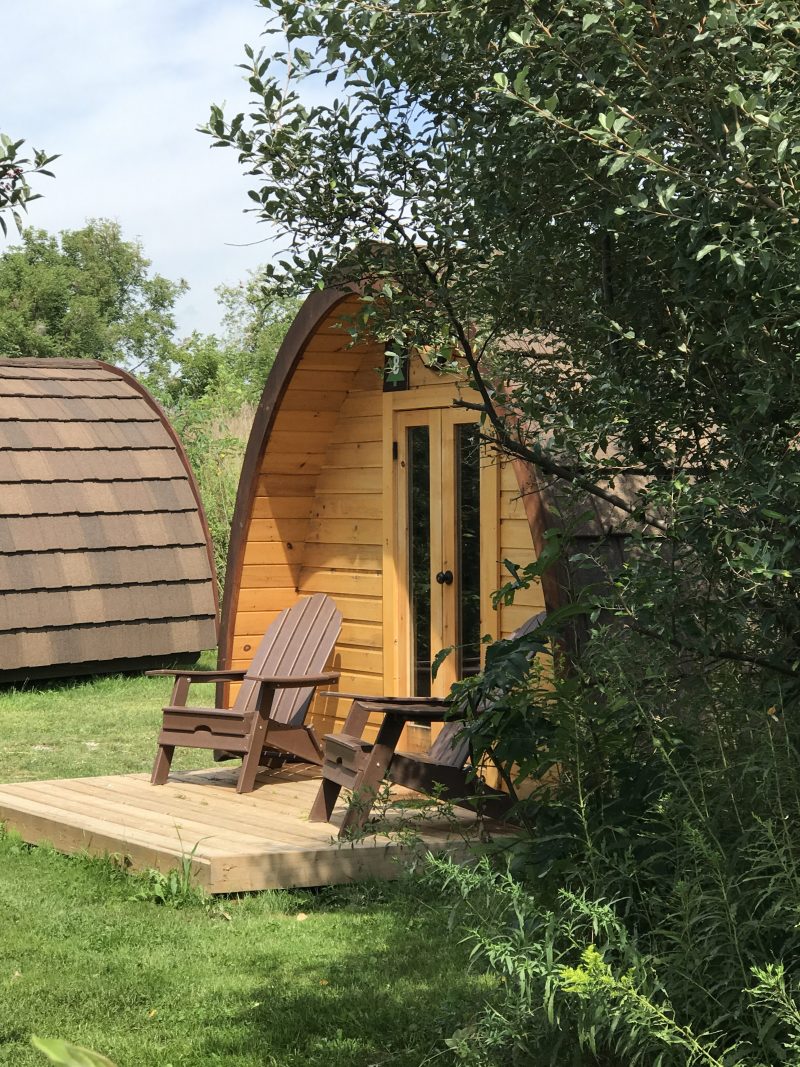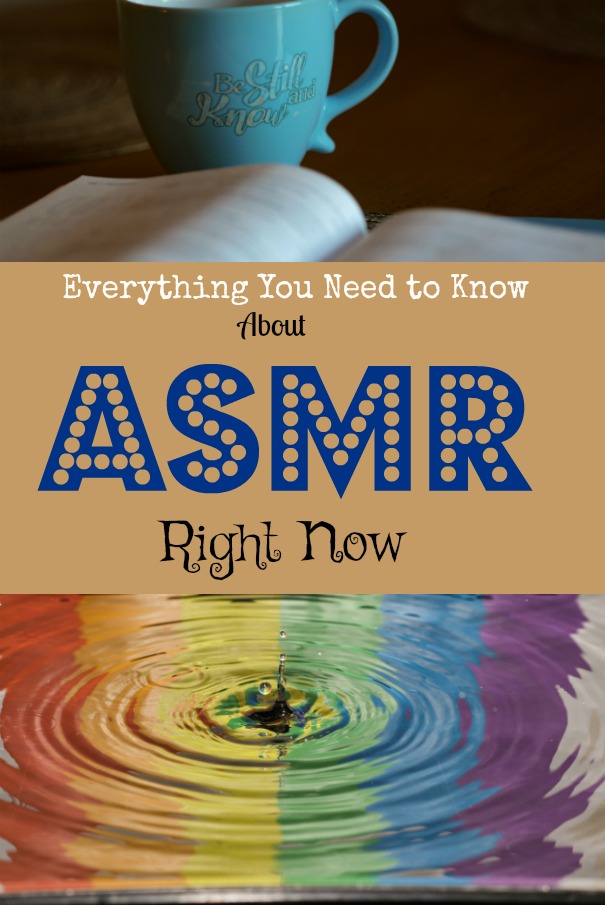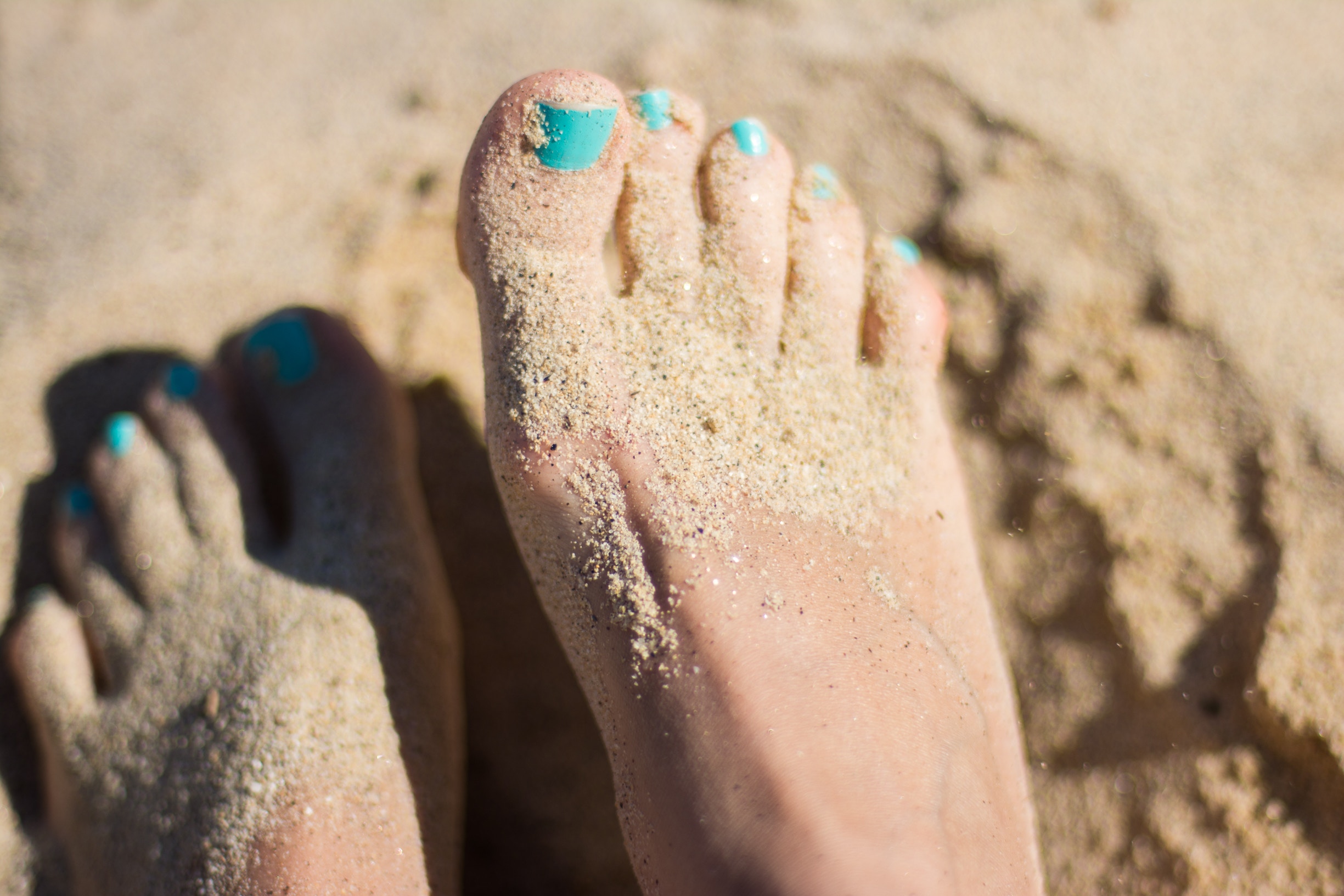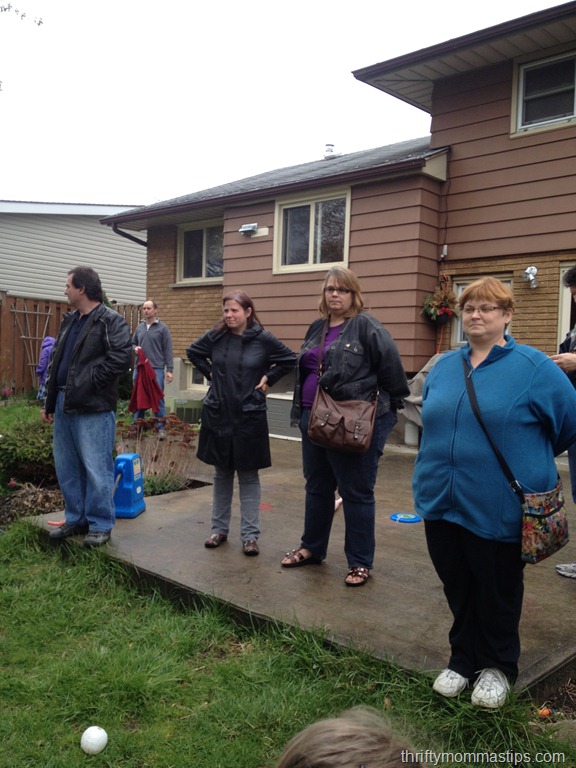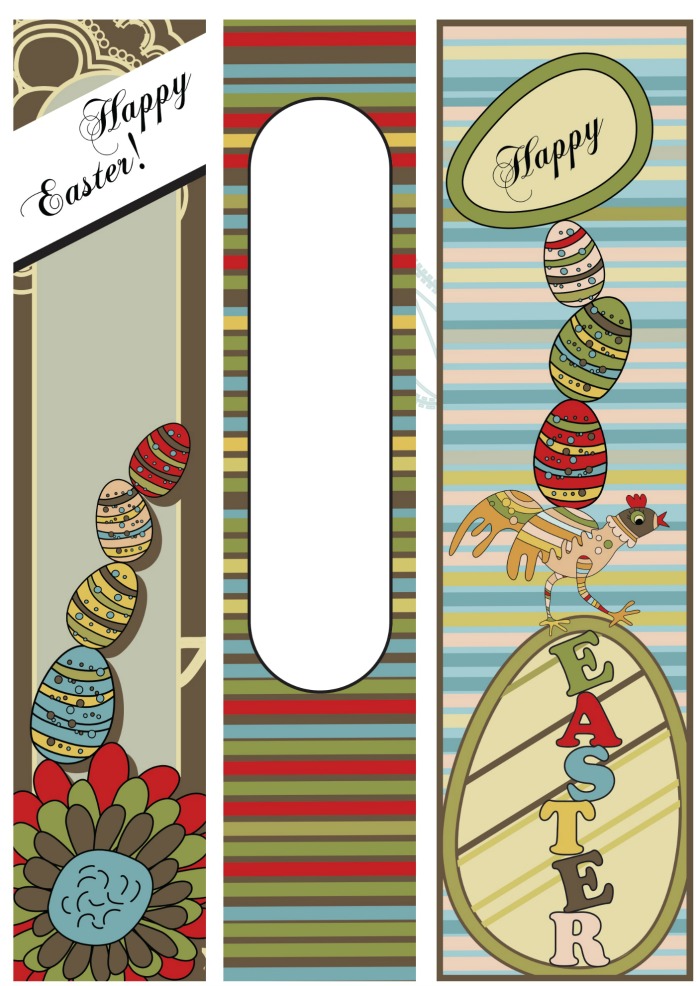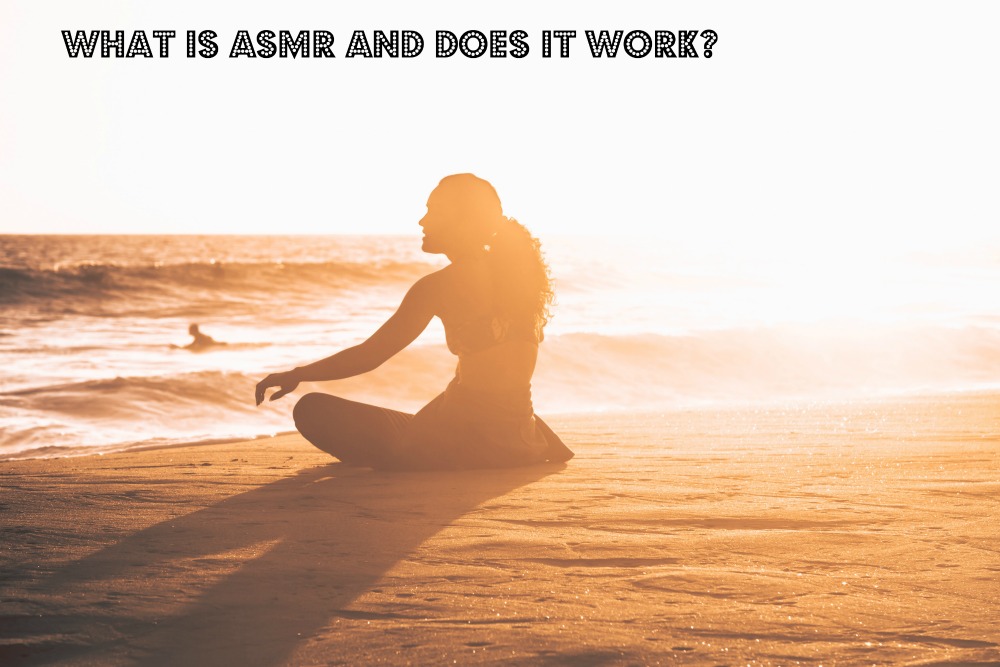
What You Need to Know About Autonomous Sensory Meridian Response Now
Autonomous sensory meridian response (ASMR) is the latest relaxation tool and Youtube craze. By now you might have heard about it. If not, then consider this your ASMR guide. Basically, ASMR is a tool often used to relax after stressful days or to help people fall asleep. I discovered this tool on Youtube about six months ago and it has become extremely valuable in our home.
Both of my daughters actually use ASMR for that purpose. It’s an excellent way to unwind after a particularly stressful day or to prepare the body for sleep, especially if you’re a person with anxiety disorder, like my oldest girl. Since she started using autonomous sensory meridian response my daughter has had a much better time with anxiety at bedtime and her sleep has improved.
Table of Contents
What is Autonomous Sensory Meridian Response
ASMR is characterized by a static-like or tingling sensation in the skin that usually begins on the scalp and moves down the back of the neck and upper spine. Not all people experience the “brain tingle”, but those who do say it produces a euphoric feeling and intense relaxation. The tingle and the relaxation can be brought on by either auditory or visual stimuli.
Ever have a scalp massage? A haircut that left you feeling half asleep and relaxed? It’s a lot like that. My younger daughter says ASMR is “like a massage for my brain.”
There are videos on YouTube ranging from audio tracks of people whispering things like “You are appreciated” or “You are special” and there’s lots of curious noise videos. People who do ASMR and have a Youtube channel use various textures and surfaces to tap and scratch and brush. It’s mostly auditory.
My younger daughter likes ASMR so much she’s also decided to start her own Youtube ASMR channel. For anyone with anxiety these videos are worth checking out, especially if you have an inability to relax before sleep. This is the Youtube channel I first found about six months ago. ASMR Darling is our favourite.
The Sounds
The tapping, scratching, and raindrop kinds of sounds are relaxing and calming. A wide variety of visual clips exist as well, featuring activities like folding towels, brushing hair, flipping magazine pages, and other repetitive motions designed to induce that intense calming and mood-boosting sensation of autonomous sensory meridian response.
In addition to being a sensation that not everyone experiences, ASMR is also a response which is not entirely understood. The triggers have been mostly determined by the research community, but no one has identified the exact reason this works.
In fact ASMR has been around for a while and has been studied a bit. Data has shown that ASMR can temporarily improve symptoms of depression and chronic pain.
ASMR Triggers
ASMR triggers occur naturally all around us, or you can produce them if you desire the calming effect of this sensory input phenomenon.
Some ASMR triggers include:
- Soft speaking or whispering
- Quiet, repetitive sounds such a book pages being turned
- Watching seemingly mundane tasks such as food preparation or laundry folding
- Altruistic or tender personal attention
- Listening to someone describe a concept, object, or system of some kind
- Self-inducement through meditation
Autonomous Sensory Meridian Response and You
From watching both of my daughters, I can say that if autonomous sensory meridian response works for you, it should be incorporated into your life. The intense calming effect it has on both of my daughters has drastically improved their sleep. By using ASMR before bed or after school the overall stress level of both of my daughters drops.
Before we discovered this tool my older girl often had a lot of trouble shutting her brain off at night. Her worries spill over impacting sleep. Now she puts earbuds in at bedtime often and falls asleep listening to the calming sounds, just like meditation apps.
Another Useful Tool
This tool is inexpensive, simple and effective. My oldest has a much easier time shutting her brain off at night and falling asleep without anxious thoughts. For us, it’s another useful tool in the toolkit for children’s mental health. Maybe it will work for you too.
